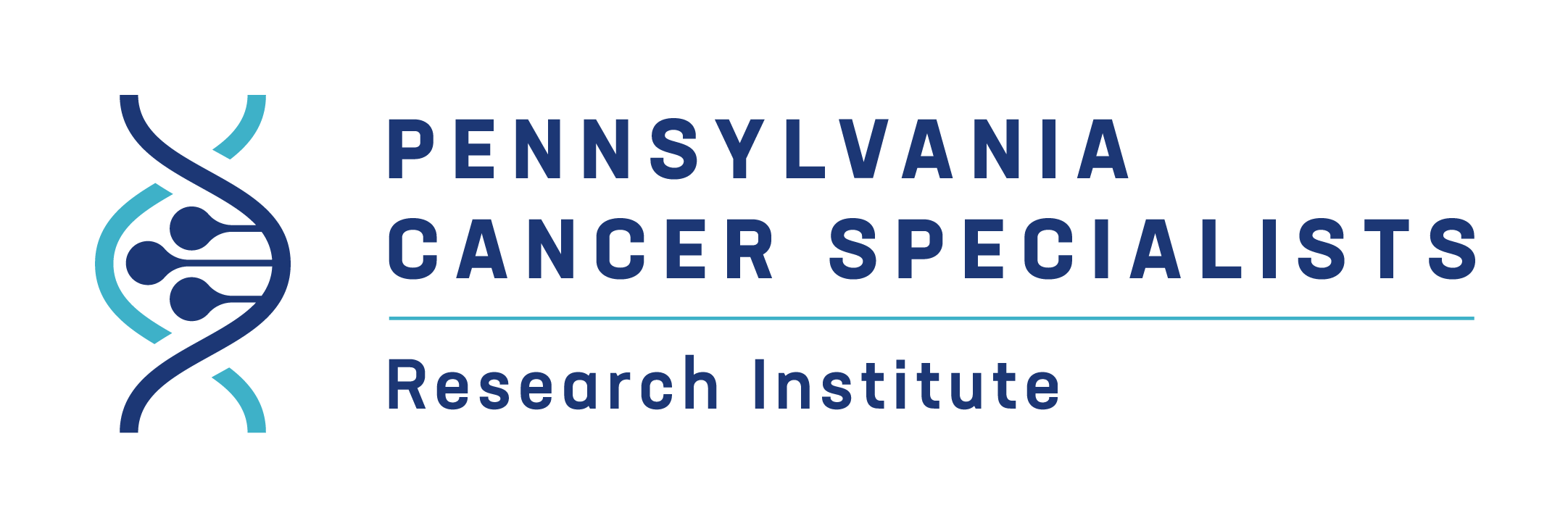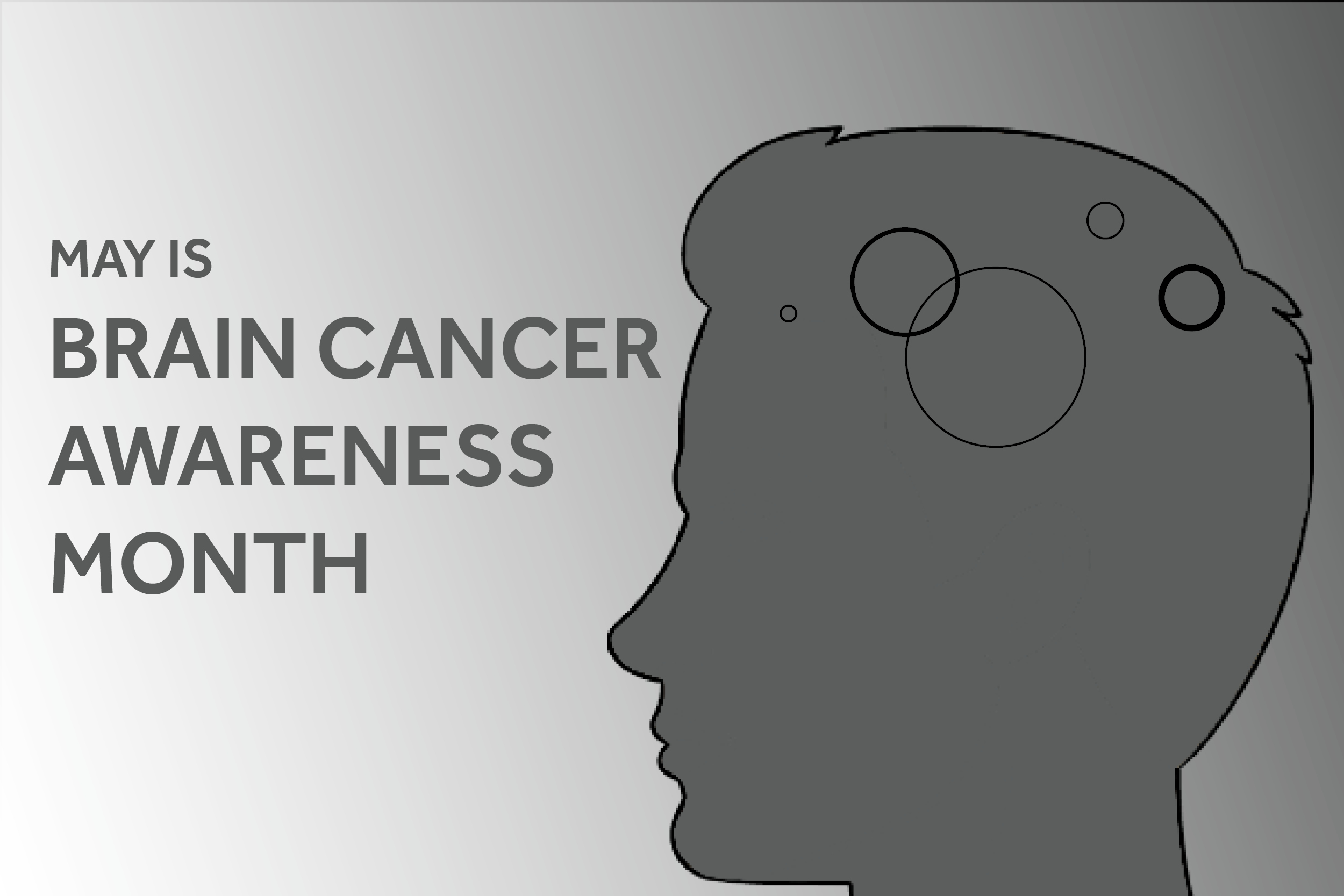National Brain Cancer and Tumor Awareness Month
Brain tumors are abnormal growths of cells that can cause various symptoms and affect different areas of the brain. National Brain Cancer and Tumor Awareness Month is observed every May to raise awareness about brain tumors and encourage early detection and treatment. With over 150 different types of brain tumors, it's important to know the different types and their symptoms.
The two main types of brain tumors are primary and metastatic.
- Primary brain tumors originate from the tissues of the brain or its surrounding areas. They are further categorized as glial or non-glial, and benign or malignant. Glial tumors arise from the supportive tissues in the brain, while non-glial tumors come from other types of brain cells. Benign tumors are noncancerous and usually have clear borders, while malignant tumors are cancerous and can spread to other parts of the brain and even to other parts of the body.
- Metastatic brain tumors, on the other hand, start from cancerous cells that have spread from another part of the body, such as the lungs, breasts, or skin. These tumors are malignant and are considered to be stage 4 cancer. They can spread to other parts of the brain and may require a combination of treatments such as surgery, chemotherapy, and radiation therapy.
Symptoms of brain tumors vary depending on the location of the tumor.
- Common symptoms include persistent headaches that are more severe in the morning or at night, seizures or convulsions, difficulty speaking or articulating, personality changes, weakness or paralysis on one side of the body, loss of balance or dizziness, and changes in vision or hearing.
Although brain tumors cannot be prevented, you can reduce your risk by avoiding environmental hazards such as smoking and excessive radiation exposure. If you experience any of the above symptoms or have concerns about your risk of developing a brain tumor, it is important to speak with your physician. Early detection and treatment can greatly increase the chances of successful treatment and recovery.


